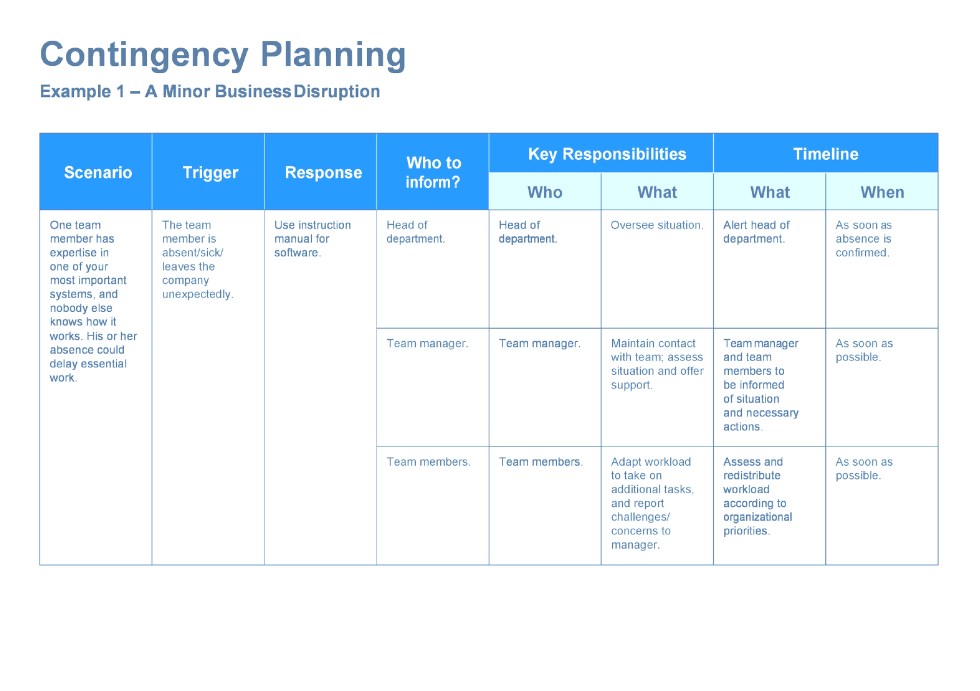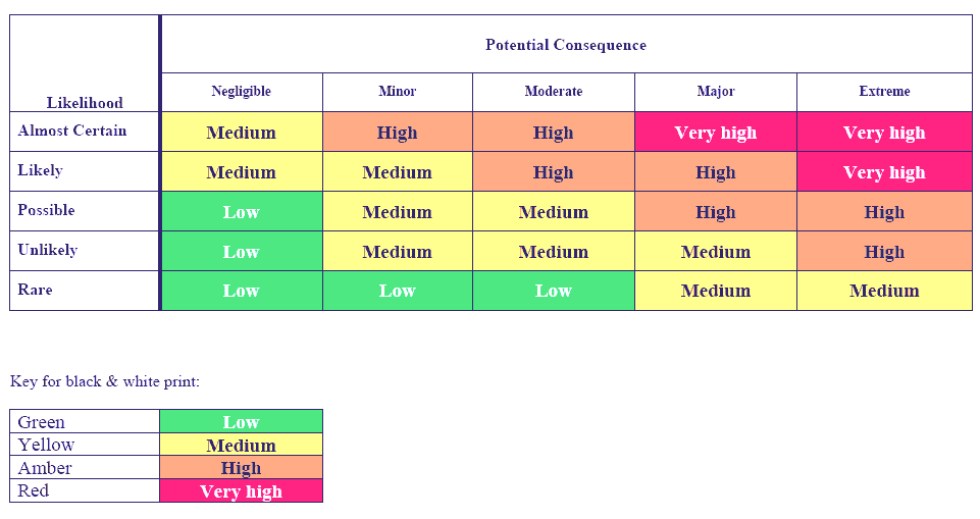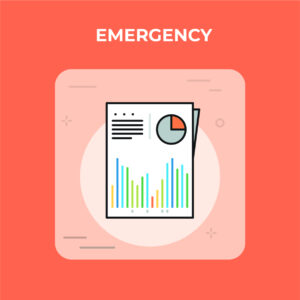Project Management Guide
Project Management Guide
What Is Project Management?
What Is a Project?
Why Is Project Management Important?
Project Life Cycle Phases
- Project Initiation
- Project Planning
- Project Execution
- Project Monitoring
- Project Closure
Project Management Methodologies
- Waterfall Project Management
- Critical Path Method
- Critical Chain Project Management
- Agile Project Management
- Scrum Project Management
- Kanban Project Management
- Lean Project Management
- Six Sigma Project Management
- PRINCE2
- PRiSM
- PMBOK Method
Project Management FAQ
What is a contingency plan in project management?
Every project manager has had experiences where no matter how carefully they plan their project, the outcomes are quite different from what they anticipated. And for this reason, a Plan B works as a safety net to get you back on track.
Rather than thinking of a contingency plan for a business as a sign of low confidence in your capabilities, consider it a smart move to account for the unexpected. The disruption in a project or task could be a by-product of anything – from natural disasters to shift in market trends. And a contingency plan strategy will help mitigate its associated risks.
What is a Contingency Plan for a Business? Why Do You Need it?
A Contingency Plan for a business is a part of its risk management strategy.

As per the Project Management Institute, a Contingency Plan meaning is the involvement of a structured procedure that is to be followed if a situation of risk crops up. It helps project managers handle disruptions to capitalize on a favorable condition or neutralize a threat.
The primary difference between a contingency plan and an emergency plan is that the former is a reactive strategy that gets triggered after an event occurs. In contrast, the latter seeks out ways to avoid, identify, respond to, and accept these potential risks to mitigate their effects. Furthermore, a contingency plan works mainly for identified risks that could be positive or negative for your business, while crisis management plans are broader and cover a wide range of unknown or unidentified eventualities that are usually negative.
How to Create a Business Contingency Plan Strategy
If you are looking for a working Contingency Plan format, here is a breakdown of the steps involved in creating one:
Step 1: List Out Your Business Processes
Start by listing out all the essential activities that are major contributors to your project’s success. These are the activities that you need to conserve at any cost. Assign them priorities based on their importance and vulnerability.
Step 2: Recognize the “Contingency”
Now that you have a list of all the core processes, it is time to map out the risks against them. Ideally, a Contingency Plan & Plan B should factor in all the “what if” scenarios that could benefit or hurt your project.
Step 3: Assess the Impact of the Risk
Not all risks are alike – some may have a devastating effect on your project while others are just a touch-and-go event. Hence, you need to sort them on their criticality. A risk exposure assessment table could be an insightful qualitative tool to gauge the impact and probability of potential risks.

Step 4: Outline the Response Plan
Once the contingency events are specified, the response plan will answer the key questions like:
- Who will be involved in the contingency plan for the business?
- What will the stakeholders do?
- When should the response plan be initiated?
- What will be the timeline of the contingency plan?
- How will the resources be rationed and prioritized?
- Where will it take place?
- How will it be executed and who will be in charge of it?
Detail all the policies and guidelines that need to be followed while communicating, managing, implementing, reporting, or acting upon the contingencies.
Step 5: Share the Contingency Plan
Once the contingency plan strategy is documented and approved, share the final version with all the internal and external stakeholders. Make sure that everyone has a copy of this contingency plan so that they are prepared.
Step 6: Revisit the Plan
No matter how thorough or well-thought-out your contingency plan may be at a given moment, it is not set in stone. So revisit, revise, and maintain it periodically to reflect the changes within your organization. It would be wise to update it whenever your business or project witnesses an overhaul relating to key variables like technology, workforce, or resources.
Challenges in Contingency Planning
The importance of a contingency plan & Plan B is fairly obvious – to maintain continuity despite disruptions. However, it also presents certain challenges that can emerge in the form of:
Low Priority
Since certain risks may have a small probability of occurrence, a contingency plan strategy may not be entirely necessary. Hence, the team may put off creating one in the first place. But as they say, failing to prepare is essentially preparing to fail!
Greater Focus on Plan A
It is only but natural to avoid thinking of a contingency plan & plan B as it insinuates that your Plan A is set to fail. In some cases, teams are overly confident about the imminent success of Plan A that they do not acknowledge the need for contingency planning. Resultantly, focusing your time, efforts, and energy into making Plan A work could prove to be a risk by itself!
Lack of Awareness
Once it has been agreed upon, a contingency plan must be communicated throughout the organization. Failure to raise awareness or buy-in can hinder its implementation. Most importantly, this awareness must encompass all details from identifying risk to the course of action to be taken from thereon.
Failure to Create a Holistic Plan B
A Contingency Plan for a business holds importance only when it is viable and without loopholes. Failure to identify all possible risks or not updating the contingency plan strategy periodically dilutes it and defeats its purpose.

Final Thoughts
If the COVID-19 pandemic has taught us anything, contingencies can show up at any time, any place, and have far-reaching effects.
In such situations, a Contingency Plan is a classic example of being “better safe than sorry.” It reinforces the confidence that external parties may have in your capabilities and empowers your team to stay cool, calm, and collected even when disaster strikes.
And while it may be a luxury, there is nothing wrong with having a Contingency Plan for a Business. If anything, you should take pride in having a proactive approach to practicing due diligence and devising a strategy that can maintain your lead even in the face of adversity!
